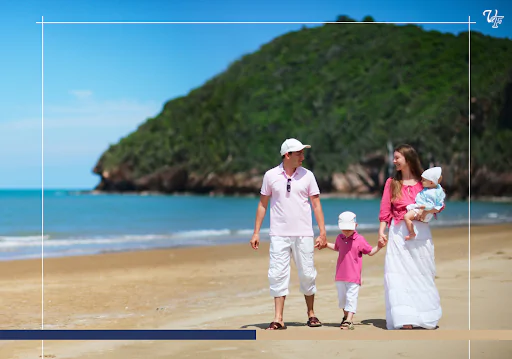How to Choose the Ideal Lot near the Beach in Costa Rica: Tips for Investors

In recent years, Costa Rica’s real estate market has been experiencing a true boom. This is particularly evident in the growing demand for land on the Pacific coast, and more recently on the Caribbean coast as well. Increased investor interest in Costa Rica is driven by a combination of factors, including the country’s stable economy, attractive climate, and favorable conditions for foreign buyers.
So what are these conditions, and why is investing in Costa Rica so appealing?
Firstly – Legal Property Status: Foreigners have the same rights as Costa Rican citizens when it comes to purchasing land, with the exception of coastal zones and areas covered by government programs.
Secondly – No Residency Requirement: A tourist visa is sufficient to purchase property, although residency status makes banking and tax procedures easier.
Thirdly – Corporate Investment Option: Many investors choose to buy through a Costa Rican corporation, which allows risk management and simplifies inheritance planning.
Tip 1. What do you need to become a “legal” investor?
It is essential to understand the laws governing investments in Costa Rica. To purchase property, you need only a passport and tourist visa. However, legal guidance is a must. You will need to hire a lawyer (who in Costa Rica also acts as a notary) to verify the title, ensure the property is free from encumbrances, and obtain zoning and land-use documents.
If you plan to buy in a coastal zone, you can to register a company. The cost of establishing one ranges from $500–$1,000, with annual maintenance fees of $200–$400.
For coastal land for sale Costa Rica purchases and future use in tourism projects, it is crucial to review the land-use plan, zoning, and permits from INVU, ICT, municipalities, and the Ministry of Health.
Another key requirement is transparent proof of funds: starting from $10,000, banks require documentation verifying the origin of funds deposited.
Tip 2. Know the restrictions in the coastal zone
The Maritime Zone (Zona Marítimo Terrestre) is defined as the first 200 meters from the high-tide line:
- The first 50 meters: public property—no private ownership allowed.
- The next 150 meters: the Restricted Zone, where foreigners may hold no more than 49% ownership through a corporation, with the remainder held by a Costa Rican citizen or resident.
Concession rights: Valid for 5–20 years (sometimes up to 50 years in projects like Papagayo). Annual fees are around 2–5% of the property’s value, and approval from local authorities is required. Foreigners must have at least 5 years of residency or partner with a Costa Rican citizen.
Exceptions (~5% of the coastline): Some properties titled before the law took effect (~1977)—such as in Jaco or Papagayo—can be purchased as regular private property.
Tip 3. Create a property search plan
Before investing, you should carefully plan your search. The plan should include:
- Define the purpose of your investment: residence, business development (villas, resorts), or resale.
- Select a region that fits your budget, infrastructure needs, and liquidity potential.
- Find a local agent and lawyer experienced in both local and international real estate law.
- Verify property documents: plano catastrado (cadastral plan), uso de suelo (land-use).
- Check availability of utilities (water, electricity), access roads, internet and communication services.
- Assess natural risks: elevation, flooding potential, heavy rains, earthquakes, and volcanic activity.
- Prepare a budget for additional costs: registration (~0.8%), legal (~1–1.5%), annual taxes (~0.25%), and ongoing management (HOA fees, concessions).
- Consider the region’s social environment: avoid community conflicts and ensure long-term stability.
Tip 4. Conduct an investment and economic analysis
Compare regions based on prices, liquidity, and return potential:
- Pacific Coast – Guanacaste (Tamarindo, Papagayo, Flamingo, Nosara): High tourism activity, strong rental demand, and well-developed infrastructure.
- Southern Zone (Dominical, Uvita, Ojochal): Less crowded, more affordable, growing interest in eco-projects.
- Caribbean Coast (Puerto Viejo, Limón): Lower land prices, unique natural beauty, eco-friendly lifestyle, and an expanding tourism industry.
Investing in lots for sale in Costa Rica can generate steady income if approached with proper planning, eco-tourism focus, and an understanding of market trends—or provide the joy of building your dream home in paradise.
Tip 5. Work with trusted professionals
Successful investing requires expert guidance. Professional real estate agents and lawyers ensure compliance with legislation, help navigate pricing, evaluate infrastructure, minimize risks, and streamline the entire transaction process.




